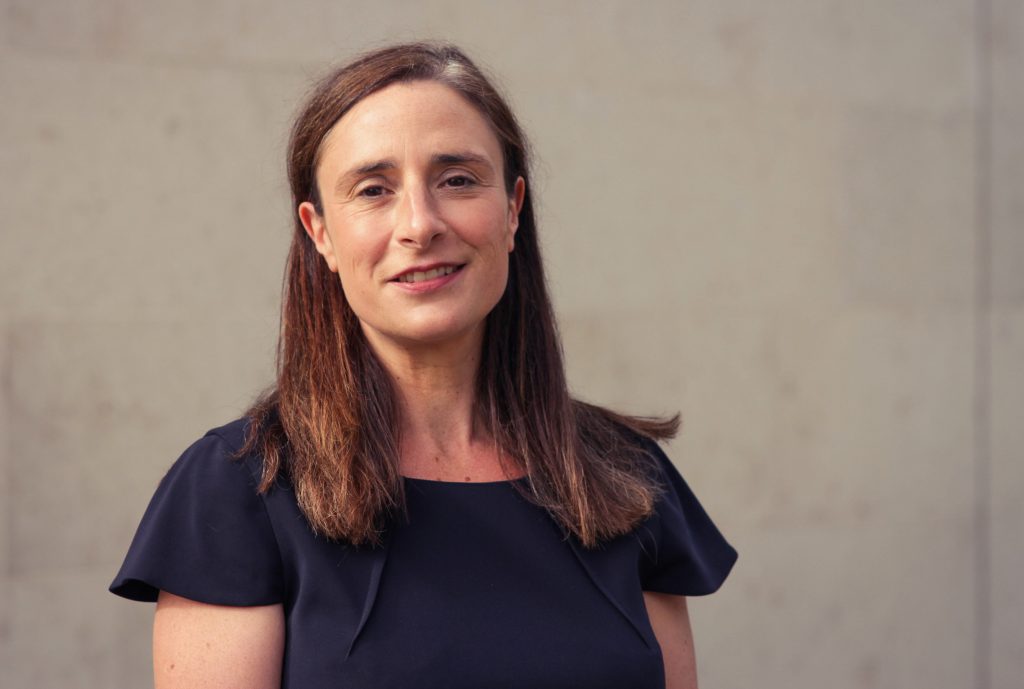
- 22% of savers said they had a fixed rate account (September 2022).
- Savers say they would want to make between 4% and 5% more in interest to make fixing their savings for a year worthwhile (April survey).
- The most competitive one-year fixed rate on the market is currently 4.11%
- Swaps rates indicate one-year fixed rates could hit 5% before long
Figures from Opinium surveys of 2,000 people for HL in April and September 2022
Sarah Coles, senior personal finance analyst. Hargreaves Lansdown:
“We are rapidly reaching the inflection point in the savings market. The gap between what we’re making on our cash and what we could make in a fixed rate account, is reaching the point where people say they’re prepared to fix. However, in reality, savers tend to prove much stickier while rates are rising – and risk missing out on a better rate.
The overwhelming majority of our savings is in easy access accounts, and while this is the right place for an emergency fund of 3-6 months’ worth of essential expenses, once you hold more than this, it’s worth at least considering tying up some of the money in return for a higher rate of interest.
It’s not always an easy decision to make. When we surveyed people in April, half of those who had opted for easy access savings said they wanted to keep all their money handy just in case, while over a quarter said they used easy access because it made them feel more comfortable. Against a backdrop of high inflation, the energy crisis and political uncertainty, it’s hardly a surprise that savers are nervous. So, we need to be promised a massive boost to our savings rates in order for a fix to feel worthwhile. On average people said they’d need 4-5% more interest to consider fixing.
For someone whose cash is languishing in a branch-based high street easy access savings account, rates are knocking on that door. Most are paying around 0.4%, so a switch to the most competitive one-year fix would make them 3.71% more in interest. Those in Barclays Easy Saver could make 3.95% more.
On our Active Savings platform we’re seeing considerably more clients using fixed term deposits over easy access. Up to 80% of all new flows are heading into fixed term deposits, up from around 50% a year ago.”
Rates have further to go: Tom Higham, Acting Head of Savings at Hargreaves Lansdown:
“Some people will people holding back, because the market is set to rise further. We can look to the interest rate swaps market for an indication of truer prices of money at different terms. Banks use these markets to manage interest rate risk by changing their exposure between floating and fixed rates, much like how individuals might use fixed rate mortgage deals to lock in a rate. Right now, the market price for 12-month swaps is close to 5%. That’s up from 3.5% at the end of August.
This isn’t going to happen overnight. No bank wants to pay more than they have to in order to attract new deposits, so they’re inching up a fraction at the time, taking it in turns to push very slightly ahead to attract more deposits. They’re also holding back, because on the other side of the equation is demand for loans. As rates rise, people will be less keen to borrow at a higher rate, so they won’t need to raise as many deposits in order to fund the lending
However, there are a few things that would speed it up. If one bank breaks ranks in an effort to attract significant deposits, it will encourage others to follow suit and put up rates. Meanwhile, if a much larger bank sits amongst the most competitive on the market, it creates even more upset. They will take an outsized portion of the deposits available, creating more pressure from those just behind to get out in front, sending savings rates higher more quickly. So, looking at who at the top of the rates tables can also help indicate what’s likely to happen next.”
Savers are sticky when rates are rising: Sarah Coles
“Waiting for a better fixed rate is a perfectly reasonable approach, as long as you have answered two questions: at what point will you feel rates have risen enough for it to be worth fixing? And where will your cash be in the interim?
It’s notoriously difficult to spot when rates have peaked, until after they have done so. So, if you hang on until it’s obvious, you’ll have waited too long. Instead, it’s worth making a decision about the interest rate you would be happy to fix at.
If it takes months before rates hit this level, and your money is languishing in an account paying a fraction of 1%, you’ll be losing far more of the spending power of your money than you need to. It’s worth considering moving into a competitive easy access account – where you can currently earn up to 2.5% – until you’re ready to fix.”





